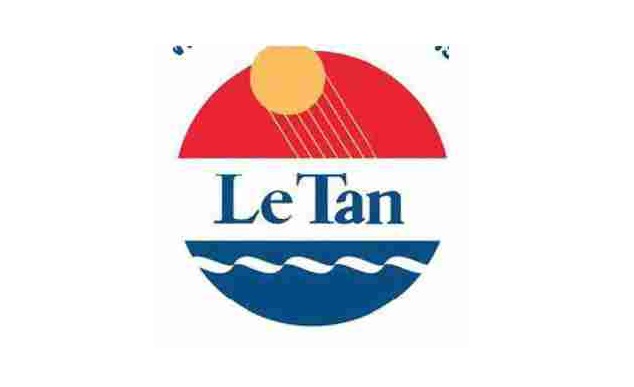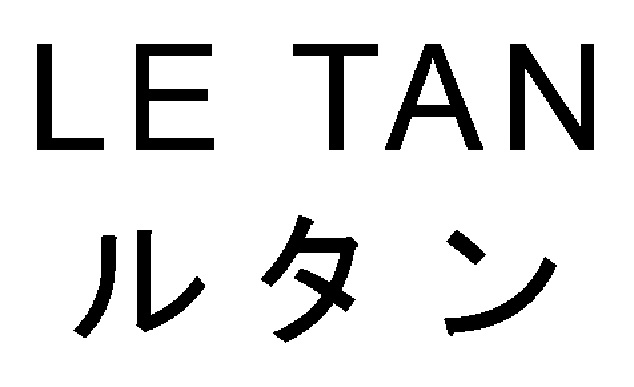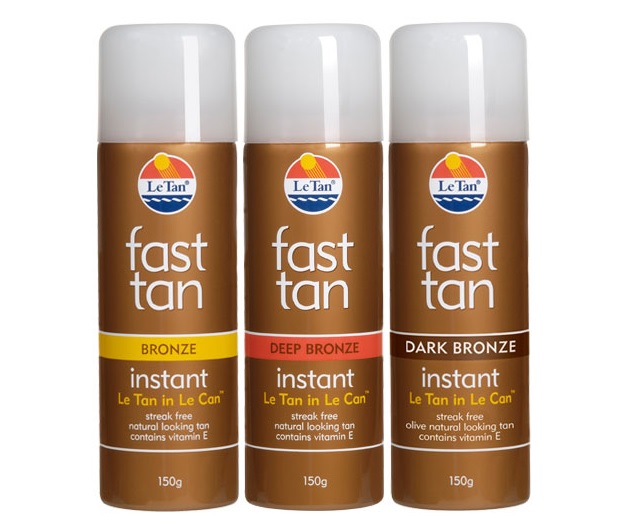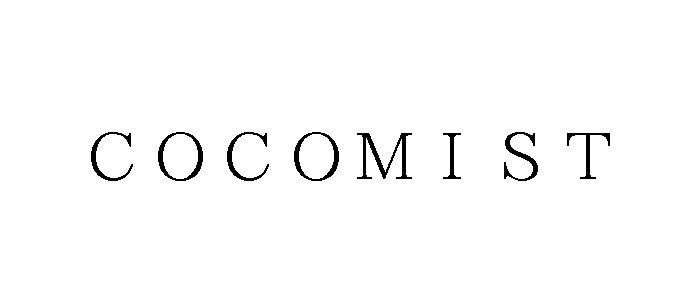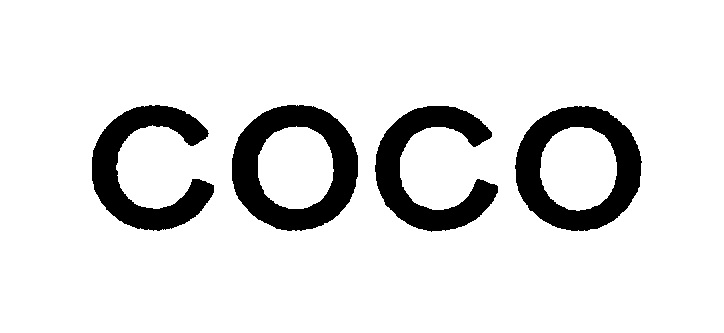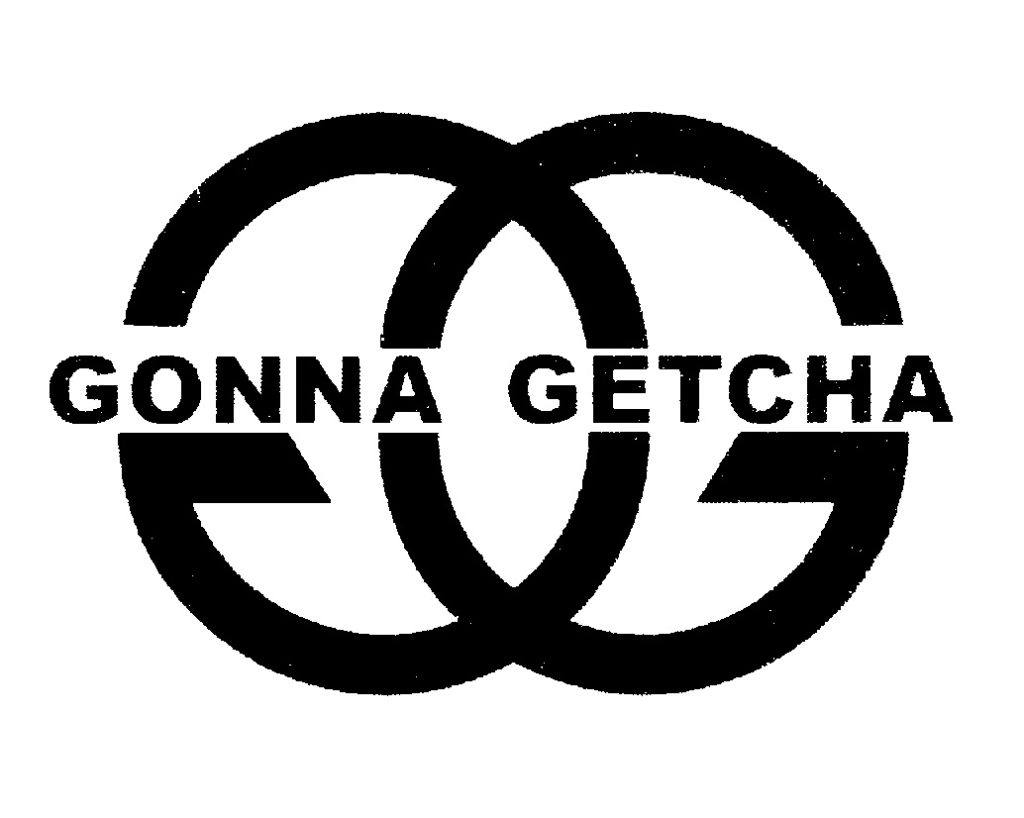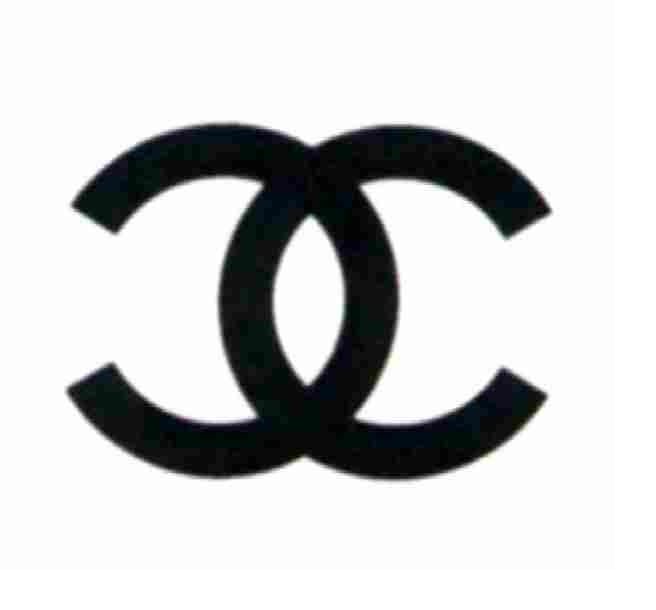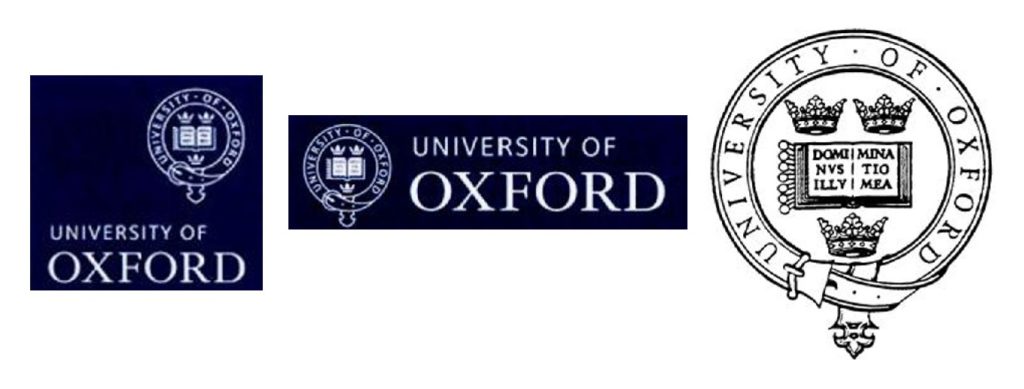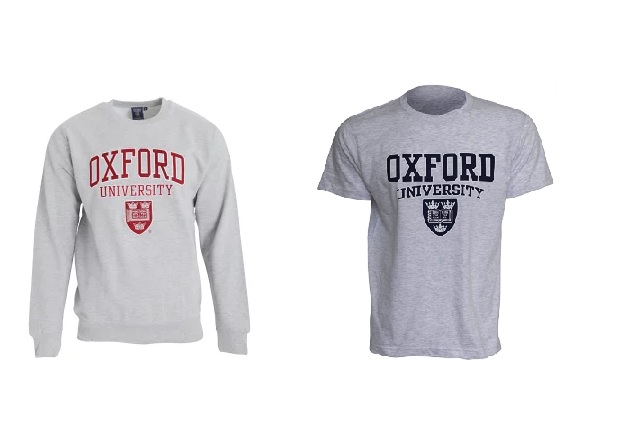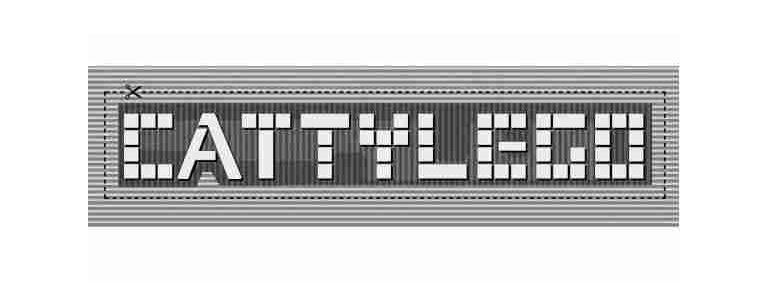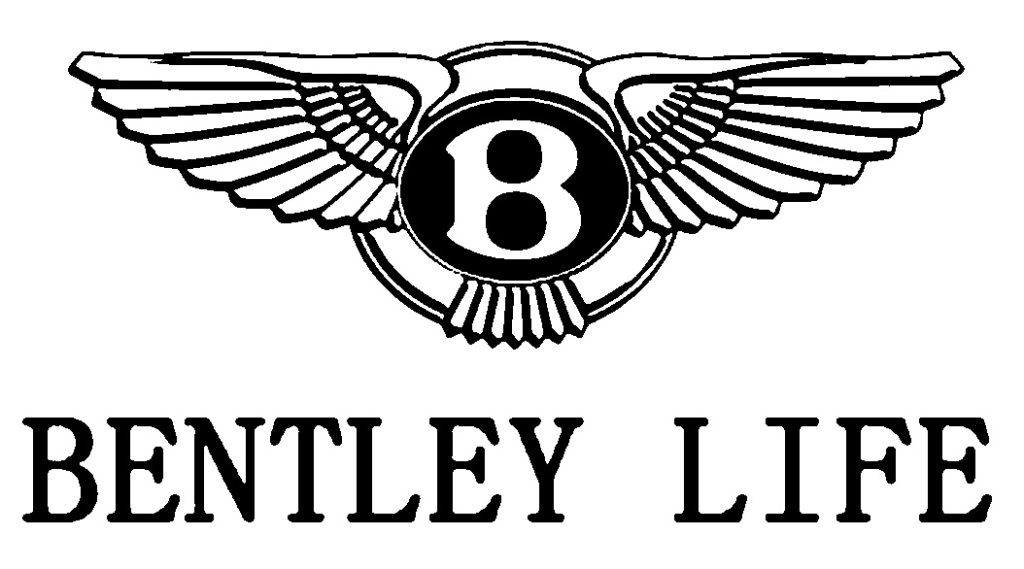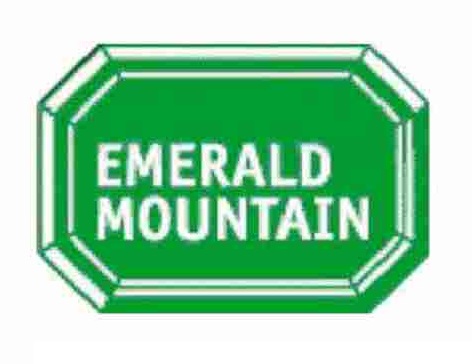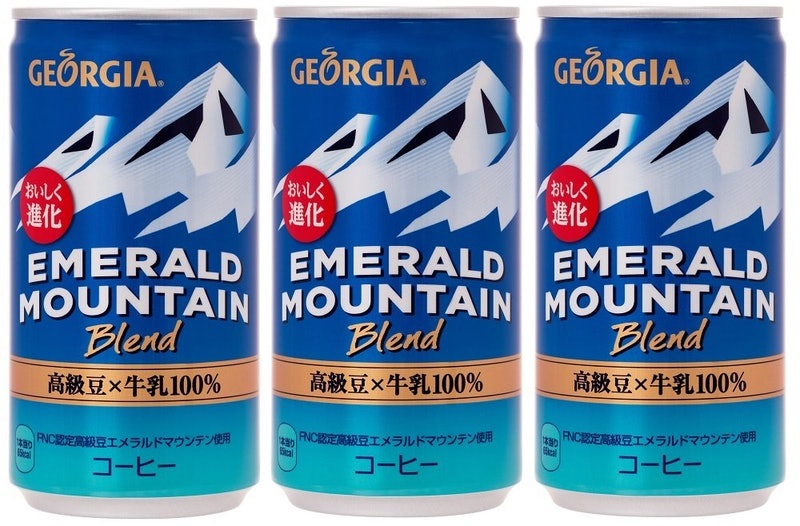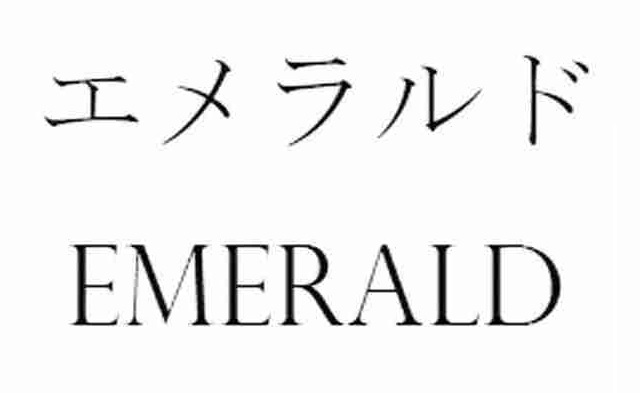The Japan Patent Office (JPO) dismissed a trademark opposition claimed by the Italian luxury sports car manufacturer, Ferrari S.p.A. against Japanese trademark registration no. 6261005 by finding less likelihood of confusion with Ferrari’s famed prancing horse logo.
[Opposition case no. 2020-900222, Gazette issued date: May 28, 2021]
Opposed mark
Opposed mark, a composite mark consisting of words “LS”, “POWER STYLE”, and Pegasus design in shield device (see below), was filed by a Japanese undertaking, CLOVER HOLDING Co. Ltd., on February 19, 2019, for use on automobiles and its structural parts and accessories in class 12.
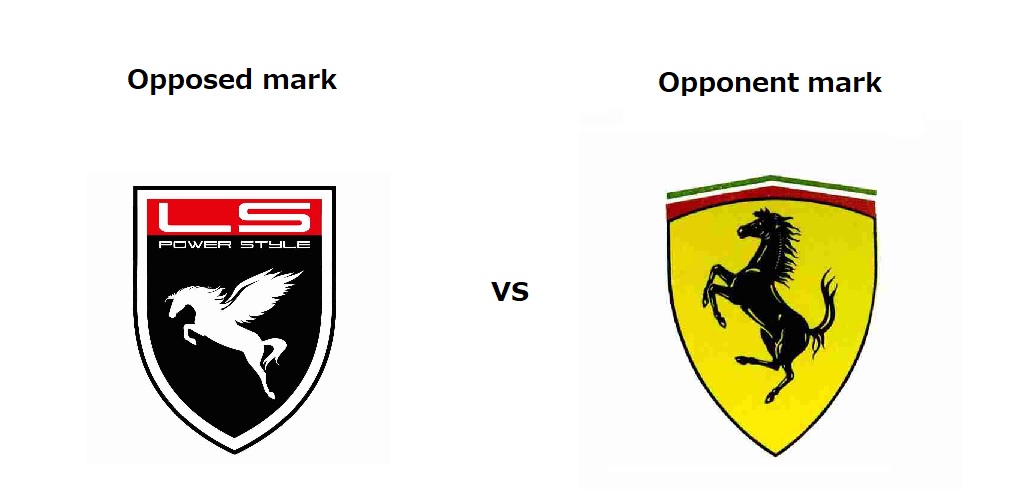
The JPO admitted registration of the opposed mark on June 18, 2020, and published for opposition on July 7, 2020.
Opposition by Ferrari
To oppose against registration within a statutory period of two months counting from the publication date, Ferrari S.p.A. filed an opposition on September 7, 2020.
In the opposition brief, Ferrari S.p.A. asserted the opposed mark shall be canceled in contravention of Article 4(1)(vii), (xi), (xv), and (xix) of the Japan Trademark Law based on Ferrari’s famed prancing horse logo by means of substantial use on motorsports business since 1932 and close resemblance with the opposed mark.
Article 4(1)(xi) is a provision to prohibit registering a junior mark that is identical with, or similar to, any senior registered mark.
Article 4(1)(xv) provides that a mark shall not be registered where it is likely to cause confusion with other business entities’ well-known goods or services, to the benefit of the brand owners and consumers.
JPO Decision
The JPO Opposition Board did not question a remarkable degree of reputation and popularity of the prancing horse logo among relevant consumers in Japan as a source indicator of Ferrari’s luxury sports car.
Meanwhile, the Board considered both marks dissimilar as a whole from visual, phonetic, and conceptual points of view. In the assessment of the animal design of both marks, the Board stated that, even if both marks depict an image of an animal in silhouette in a similar shield device, the fact alone is insufficient to find similarity. It is apparent that the opposed mark depicts an image of Pegasus flying with spread wings. The opponent mark represents a horse rearing on its hind legs. Taking account of these differences in appearance, the Board has reasonable ground to believe that relevant consumers would be unlikely to confuse a source of the opposed mark with Ferrari when used on the goods in question due to a low degree of similarity.
Based on the foregoing, the Board decided to dismiss the opposition entirely and found opposed mark shall not be canceled under Article 4(1)(vii), (xi), (xv), and (xix).

